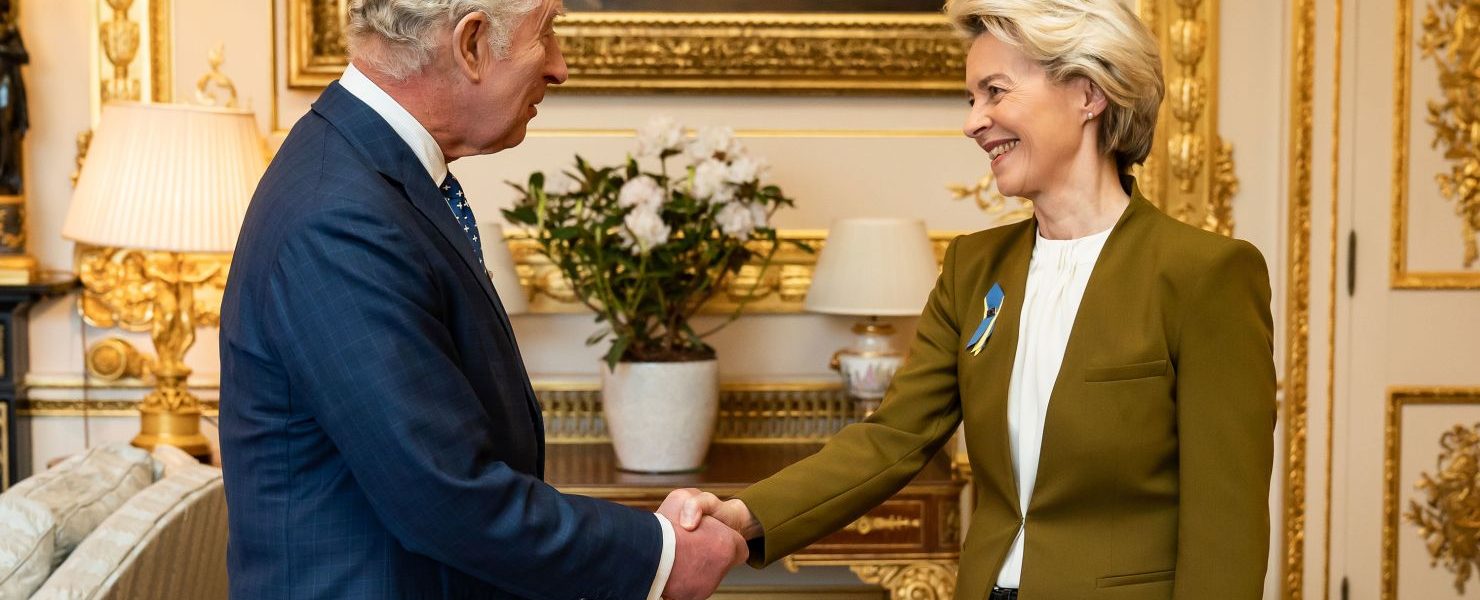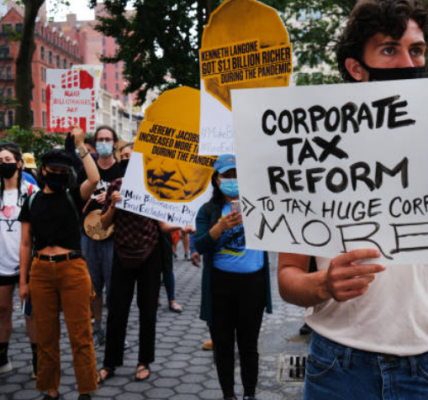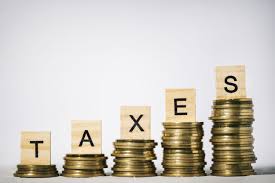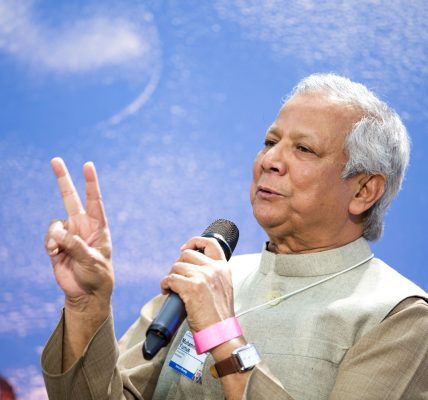The Royal Return: The British Monarchy’s Diplomatic Influence in the Modern World
*Disclaimer: upon request of the author: “All opinions and thoughts expressed are the authors, and are not linked to any organisation or group”.*
The United Kingdom boasts one of the most unique administrative systems in the world, where both the monarchy and parliament coexist harmoniously. The power of the British monarchy has gradually diminished over the centuries, evolving from an absolute system into a largely symbolic institution within a constitutional framework. However, this harmony did not occur overnight; it emerged through a long process, with a pivotal starting point in 1215—the signing of the Magna Carta.
In 1215, King John of England signed the Magna Carta after suffering military defeat at the hands of feudal barons, largely driven by his heavy taxation policies. This event marked the first seeds of democracy, as it was largely a response to the monarch’s overreach in fiscal matters. The Magna Carta was a direct consequence of John’s military failures, particularly his loss of Normandy to King Philip II of France in 1204, which severely weakened his rule. Following the Norman Conquest of 1066, English monarchs and aristocrats continued to retain strong cultural and linguistic ties to France. The ruling elite spoke Norman French, while English was relegated to the lower classes. This cultural and linguistic divide persisted for centuries, reinforcing the monarchy’s deep connection to France.
Also, this military defeat forced King John, and subsequent monarchs, to shift their focus from maintaining dominion over French territories to consolidating their power within England. This marked the beginning of a greater physical presence of the monarchy in England, shifting away from the prior model of ruling from abroad. Therefore, one could argue that the failures of King John—often referred to as “Lackland”—played a crucial role in shaping the modern British monarchy and strengthening its ties to England’s evolving culture.
Another critical blow to the royal family’s power came in 1649. King Charles I’s assertion of the divine right of kings clashed with parliamentary demands for greater authority, leading to the English Civil War (1642–1651). The conflict concluded with Charles I’s execution in 1649 and the temporary abolition of the monarchy under Oliver Cromwell’s Commonwealth. Although the monarchy was restored in 1660, this event demonstrated that royal power was not absolute and could be challenged by the people and their representatives.
In the same century, the Glorious Revolution of 1688 saw King James II overthrown by Parliament. This was an incredibly progressive move for the time and can be seen as a precursor to the French Revolution, which took place a century later. William III and Mary II ascended the throne under the condition that they accept the 1689 Bill of Rights, which significantly curtailed royal prerogatives. The bill established parliamentary supremacy, prohibited the monarch from suspending laws or levying taxes without parliamentary consent, and secured civil liberties such as free elections and freedom of speech within Parliament. From 1689 onwards, Britain became a constitutional monarchy. The sovereign remains the head of state, but the prime minister leads the government. As a result, the monarch is politically neutral and serves as a symbolic figurehead, embodying national unity.
Over the years, the influence of the royal family has been gradually undermined by Parliament, and this process was not limited to the monarchy. The aristocracy, too, saw its power eroded. In contrast, the bourgeoisie gained influence, particularly in sectors like trade and industry. This shift helped to lay the foundations for the development of British democracy. This gradual transition from aristocratic to bourgeois dominance in Britain contrasts sharply with the situation in Prussia and other parts of Europe.
In her influential work States and Social Revolutions, Skocpol (1979) argued that the nature of state power, class structures, and peasant mobilization played key roles in determining the outcome of social revolutions. In Prussia, the Junkers (the landed aristocracy) maintained significant power over both the military and political systems. While the British aristocracy adapted to changing political realities, including the growing influence of the bourgeoisie, the Junkers remained deeply embedded in the state’s power structure, limiting the potential for transformative political change.
This stagnation in Prussia’s political structure contributed to the rise of authoritarian regimes. The Junkers were integral to the military and social order, creating a class-based system resistant to democratic reforms. Skocpol’s analysis would suggest that the lack of significant peasant mobilization and the continued dominance of the aristocracy in Prussia led to the eventual rise of Nazism in the 20th century, a regime rooted in fascist authoritarianism rather than democratic ideals. In fact, France was on the same path as Prussia; however, the French Revolution of 1789 altered its trajectory. The primary reason for this shift was the Jacobin movement, which, under the leadership of the bourgeoisie, dismantled the power of both the Church and the aristocracy.
The contrasting outcomes in Britain and Prussia highlight the different trajectories that countries could take depending on the dynamics of their social structures and the degree to which their aristocracies adapted to changing political realities. While Britain embraced a constitutional monarchy and expanded bourgeois influence, Prussia’s aristocracy clung to traditional power structures, ultimately paving the way for authoritarianism and fascism.
Did the Royal Family Come Back?
The British Monarchy’s transition from absolute rule to a symbolic institution has not hindered it from playing a diplomatic role today. The last instance of royal intervention in a parliamentary decision occurred in 1708 when Queen Anne vetoed the Scottish Militia Bill.
.In recent months, the Royal Family has once again actively engaged in British politics, signaling a return to a more prominent, albeit symbolic, role on the international stage. One noteworthy instance occurred when Canadian dignitaries visited King Charles III in London, receiving an unusual gift: a ceremonial sword gilded with the monarch’s insignia. This gift was seen as a symbolic representation of Canadian sovereignty, a sovereignty that has recently been called into question by the aggressive foreign policy stance of the United States. During his presidency, Donald Trump threatened Canada with economic pressure and a harmful trade war, even suggesting its annexation as the “51st state.” As tensions escalated, increasing scrutiny has been placed on King Charles—Canada’s official head of state—regarding his silence on the matter. While his position remains primarily ceremonial, the monarchy serves as a significant symbol distinguishing Canada from the United States. In this context, royal diplomacy, especially through symbolic actions, has regained prominence.
In contrast to the UK government’s reluctance to confront the U.S., given their long-standing alliance, the Royal Family has used its position above politics to send diplomatic signals of support for Canada. King Charles has shown his commitment to Canada, including a warm reception for Canadian Prime Minister Mark Carney at Buckingham Palace, symbolizing the UK’s backing in the face of U.S. pressure. If not for his cancer diagnosis, King Charles had been set to visit Canada in 2024, further underscoring his involvement in Canadian affairs. These gestures represent a form of soft power, as the ability to shape the preferences of others through attraction and influence rather than coercion. The British monarchy’s use of soft power allows the UK to maintain diplomatic relations without the need for hard military or economic force. In this light, the royal family’s involvement in foreign relations reflects a strategic use of symbolic diplomacy, positioning the monarchy as an important part of the UK’s foreign policy apparatus. It appears that the monarchy will continue to play a more visible role in diplomatic matters as a tool of soft power.
Prince Harry’s Visit to Estonia
Another critical political event involving the Royal Family occurred when Prince William visited Estonia. In this case, royal visits were once again used as a vehicle for signaling international intentions. The Prince of Wales’ presence in a tank near the Russian border in Estonia sent a powerful message regarding the UK’s commitment to NATO and its determination to deter Russian aggression in the region. This visit marked one of the largest operational deployments of the British Army overseas, showcasing the UK’s support for Estonia in the face of Russian threats.
Prince William’s visit to the frontlines in camouflage uniform, observing soldiers and military operations, was a calculated political gesture. By standing alongside British, Estonian, and French troops, he reinforced the UK’s position on Russian territorial ambitions. His questions about the soldiers’ experiences training near Russia emphasized the seriousness of the geopolitical landscape and reaffirmed the UK’s commitment to stability in Eastern Europe. This royal visit was not just a diplomatic gesture; it was a strategic move to reinforce the UK’s commitment to the security of NATO’s eastern flank. It was a clear message to the Kremlin that the UK would act as a bulwark against further Russian expansion, particularly in Ukraine and other parts of Eastern Europe. The symbolism of the royal family’s involvement in this context—especially in a military setting—reaffirmed the UK’s position on the world stage.
Thus, the recent political tensions have led the UK government to leverage the Royal Family as a diplomatic tool. The increasing use of the royal family in international politics highlights their role in soft power and their ability to act as a unifying figure in times of crisis. As global tensions rise, particularly concerning Russia and the U.S., it is likely that the Royal Family will continue to be involved in high-profile international engagements, signaling the UK’s stance on critical global issues.






